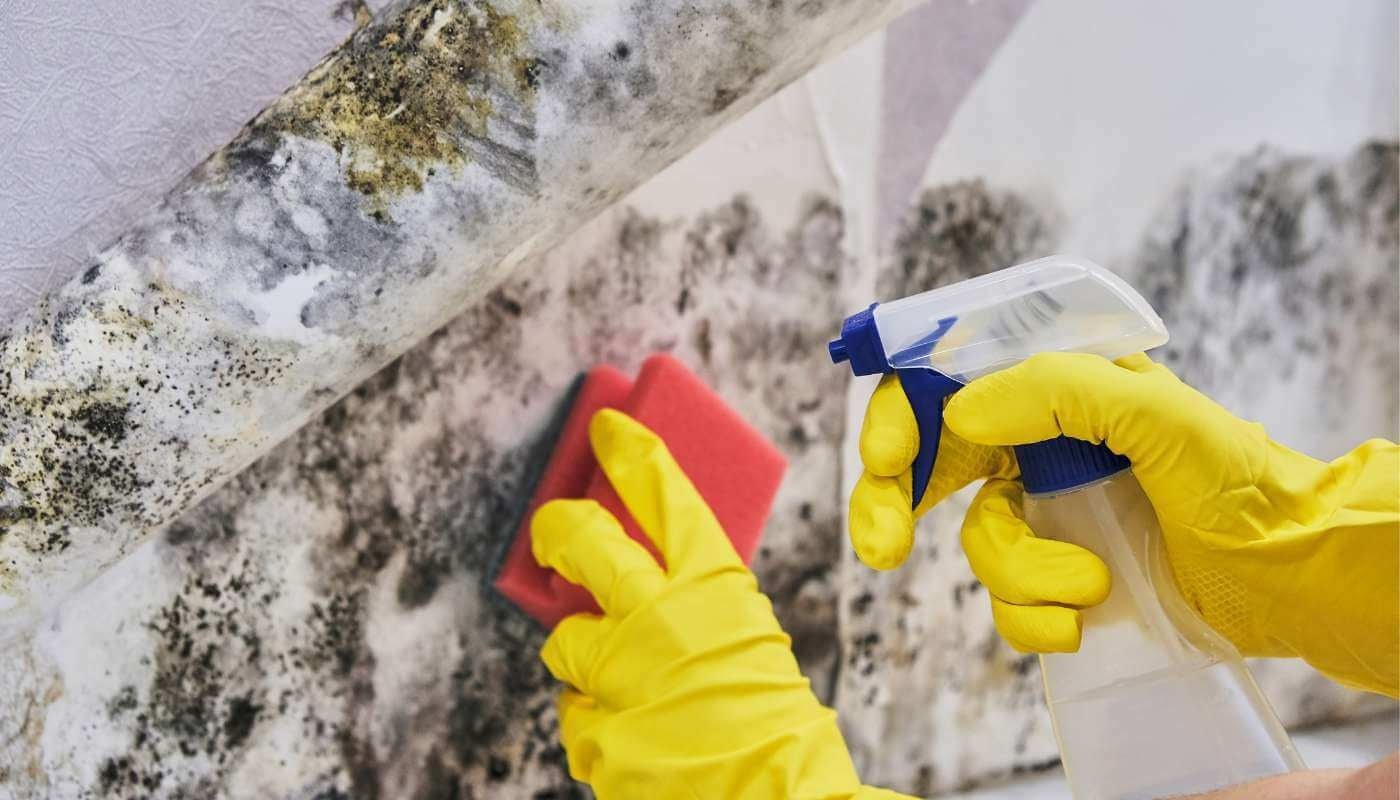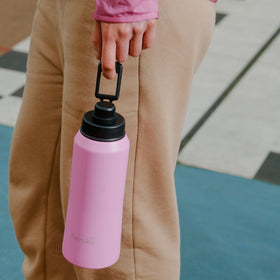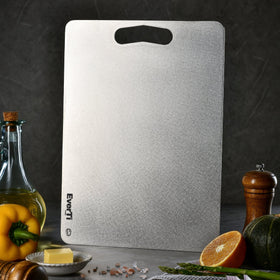
Everything You Need to Know About Killing Mould Naturally
Why is mould a problem?
Mould is not just unsightly, it can be the cause of health issues. The Victorian government health website says:
"Mould associated with damp buildings can trigger nasal congestion, sneezing, cough, wheeze, respiratory infections and worsen asthma and allergic conditions.
People with weakened immune systems; allergies; severe asthma; chronic, obstructive, or allergic lung diseases are more susceptible to these symptoms and other serious health effects."

How do you prevent mould?
Clearly, mould is something that you need to both prevent and remove. There are a few ways that you can prevent mould in the first place:
- Fix any leaks - leaky pipes or windows mean water sitting around, often in hard to reach places like the backs of cupboards, which is where mould will thrive.
- If you've got exhaust fans, use them! Especially in the bathroom when you're showering, and in the kitchen when you're cooking or using the dishwasher.
- Make sure that clothes dryers are vented outside.
- Seal tiles and grout properly to prevent mould from growing around sinks, showers, and baths.
- Make sure that you dry towels, bathmats, tea towels, and dishcloths thoroughly.
- Use a vacuum with a HEPA filter.
- Invest in a dehumidifier.
The next step is getting rid of any mould that's there.
Should you use bleach to clean up mould?
While you might be tempted to use chlorine bleach to get rid of mould, don't do it. Bleach only kills the mould spores that it comes into contact with. So it will work on a benchtop or tiles. But it won't kill mould spores in porous surfaces like grout or timber, which are exactly the places where you're trying to kill the mould.
The US Environmental Protection Agency recommends that you don't use bleach to get rid of mould. Bleach is corrosive, so it will damage the surfaces that you use it on. It can also damage your lungs if you breathe it in and can cause chemical burns if it touches your skin. If you mix bleach with vinegar or ammonia, it creates toxic fumes. Not only that but there are also concerns about the dioxins that bleach leaves behind. So chlorine bleach isn't the answer to getting rid of mould.
How to kill mould naturally
Fortunately, there are lots of tried and tested natural ways to clean up mould. Some natural solutions are:- vinegar
- hydrogen peroxide
- alcohol
- baking soda
- borax
- tea tree oil
- clove oil
- grapefruit seed extract
Vinegar
Vinegar is perfect for getting rid of mould. Just use the cheap white vinegar you can buy in 2L containers at the supermarket. Dr Leigh Winsor is a mould expert, working at James Cook University in Townsville for more than 20 years. Dr Winsor recommends cleaning up mould using a mixture of eight parts vinegar to two parts water and a microfibre cloth.
"So you'd have three buckets, you'll have your 80% vinegar solution (for killing the mould), and you'll have one that's half that concentration (for rinsing your cloth), and then you'll have one that is just water (second rinse)," he explains.
You can also use vinegar to remove mould on clothes or other fabric items. Soak the item in a 50/50 mixture of vinegar and water overnight, and then wash and dry as normal. A vinegar spray can also be used as a preventative measure. Spray it around the shower or other places prone to damp and just leave it while it dries.

Hydrogen Peroxide
You can buy sodium percarbonate at home brew shops. It's a powder that you mix with water to make hydrogen peroxide. You can also buy hydrogen peroxide at supermarkets and chemists. Hydrogen peroxide is a great alternative to chlorine bleach. It's cheap, non toxic, and doesn't produce toxic fumes or leave a toxic residue.
Alcohol
Organic Authority recommends killing mould with vodka. Pour cheap vodka into a spray bottle and spritz away at the mould. Leave it to sit for around half an hour, then scrub it off with a rag or a sponge. Put away the Grey Goose because, thankfully, cheap vodka works better than the more expensive stuff. It's been filtered and distilled less, so it's got more congeners like methanol and acetaldehyde, which will kill mould very effectively.
Baking soda
Use baking soda with water or with a mix of water and vinegar to remove mould. Baking soda is mild and completely non toxic, so it's a safe choice to use around children and pets. To mix up the solution, put a quarter of a tablespoon of baking soda into a spray bottle filled with either just water or with a 50/50 mix of water and vinegar. Shake the bottle until the baking soda is dissolved, then spray it onto the surface. Leave it to sit for half an hour or so, then scrub it off with a cloth or scrubbing brush.
Borax
Mould can also be killed with borax. Borax is a mild skin irritant, and can be toxic if ingested. So if you choose this, make sure you keep it out of the way of pets and children.
Mix the borax with water, spray onto the mould area, and then wipe it off. There's no need to rinse it off because the borax solution will keep killing the mould.
Update on borax: borax is classified as being toxic for reproduction. It may impair fertility, and it may be harmful to unborn children. It's definitely not suitable to be used if you're pregnant or wanting to have more children.
Tea tree oil
Good old Aussie tea tree oil is brilliant for removing mould. It's antifungal and antibacterial, which is exactly what you need. And it's easy to use. Make a solution by mixing a couple of teaspoons of tea tree oil in a spray bottle with two cups of water, shake it up, and spray it on. Leave it for a while, then give the area a good scrub and wipe it down. Give it another spray to prevent any more mould from growing.
Clove oil
Clove oil is another natural way to kill mould. It's antibacterial and antifungal, just like tea tree oil, so it's perfect for using in a water and oil spray solution. You can even use clove oil in a diffuser to kill mould spores in the air.
Grapefruit seed extract
You can also clear up mould with grapefruit seed extract. If you don't like the strong smells of vinegar, tea tree, or clove oils, grapefruit seed extract will do the job. Make a solution of 1/4 of a teaspoon of grapefruit seed extract in two cups of water. Shake it up in a spray bottle and apply it the same way as the tea tree oil and clove oil solutions.
So there you have it. Lots of solutions for preventing mould in the first place, and for getting rid of it naturally if you do get it. For more natural solutions, Hello Charlie has a range of natural mould sprays that you can use at home. Shop them here.










